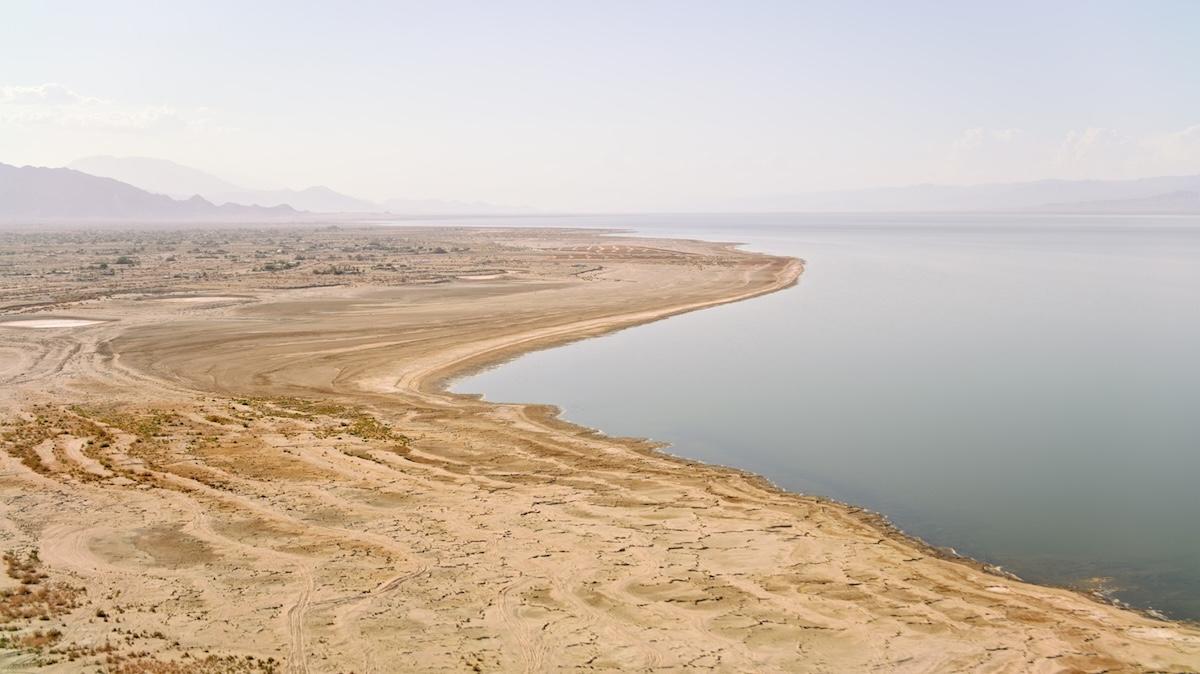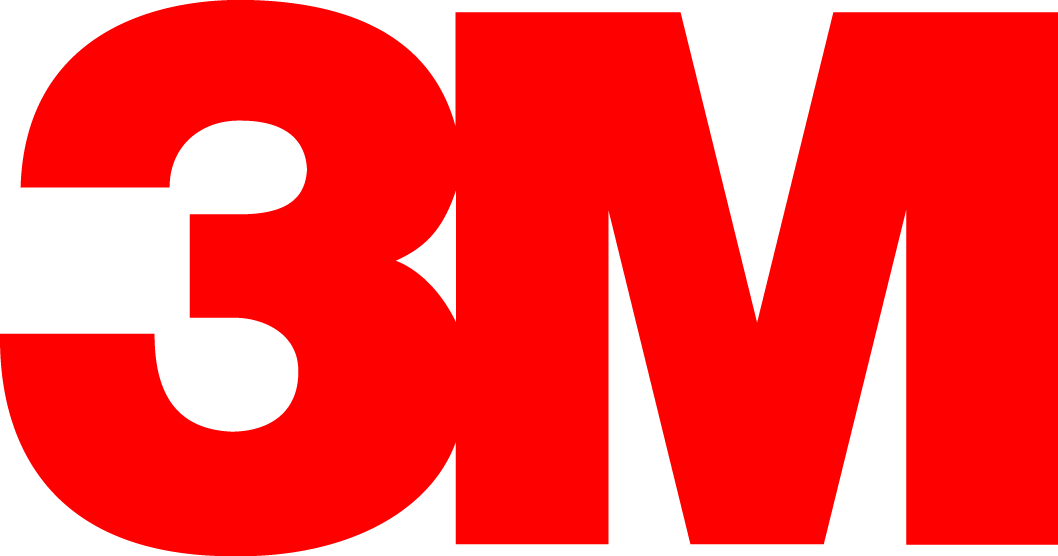Powering the Future: 3M’s Role in Direct Lithium Extraction

Originally published on 3M News Center
As the world pivots towards electrification, the demand for lithium-ion batteries is set to skyrocket. According to McKinsey, battery demand is expected to increase nearly sevenfold, from approximately 700 GWh in 2022 to about 4,700 GWh by 2030. This surge is driven by the growing adoption of electric vehicles (EVs), utility-scale grid storage, and portable electronics. However, the supply of raw lithium is struggling to keep pace, and production is expected to fall short of projected annual demand of 3 million tons by 2030. This looming supply gap presents a critical opportunity for innovation in lithium extraction.
Lithium is a key component in the global energy transition, boasting the highest energy density for a solid material, and making it the optimal choice for batteries. Since the introduction of the lithium-ion battery in 1991, its use has expanded exponentially, doubling every two to three years. However, the success of lithium-ion technology brings challenges in supplying enough raw materials to meet demand.
Lithium is mined worldwide from hard rock deposits and from underground brines. The highest concentration sources are being mined first, but many new reserves, such as the Smackover Formation in Arkansas or the Salton Sea in California, are low-concentration brines or geothermal fluids. As a result, the industry is turning to innovative methods to extract lithium from these non-traditional sources.
Direct Lithium Extraction (DLE) is emerging as a viable solution to the challenges of lithium supply. DLE includes a family of techniques that chemically separate lithium ions from brines using sorbents, ion exchange, membranes, or electrochemical cells. According to ID TechEx, DLE can deliver higher recovery rates, faster cycle times, and lower environmental impact than conventional evaporation ponds. This makes DLE a necessary approach to unlock new lithium resources and reduce the impact of predicted global supply constraints.
3M technologies are uniquely positioned to advance the commercialization of DLE through our expertise and scale in manufacturing similar materials, including precision-engineered abrasive particles and advanced nonwoven materials.
"With current market conditions, now is the ideal time for collaboration,” said Mark Copman, senior vice president, 3M New Growth Ventures. “3M has a long history of applying advanced materials science to solve critical challenges and our innovative technologies are perfectly suited to meet the specific needs of the lithium market while helping to secure a reliable supply of this critical resource."
- Sorbent Expertise: 3M's particle-shaping capabilities are directly translatable to creating high-performance DLE sorbents. These sorbents are engineered for optimal brine-flow, durability, and selectivity, allowing for efficient lithium extraction alone or in conjunction with non-wovens.
- Next-Gen Nonwovens: 3M designs sorbent-laden nonwoven fabrics that mimic high-surface-area membranes in compact formats. These fabrics offer enhanced brine contact, faster kinetics, and reduced chemical usage, making them ideal for DLE applications.
- Scalable Manufacturing: 3M's global manufacturing prowess allows rapid throughput from R&D to pilot and then to full-scale deployment. This scalability is crucial for establishing a robust DLE supply chain in the U.S.
3M is dedicated to enhancing energy security and delivering efficient solutions that meet the growing demands of the global energy landscape. Our technologies and solutions can help to efficiently bridge short-term lithium supply needs and help to open long-term local sources of supply, supporting battery production that’s essential for the future needs of electric vehicle expansion and grid-energy storage.

